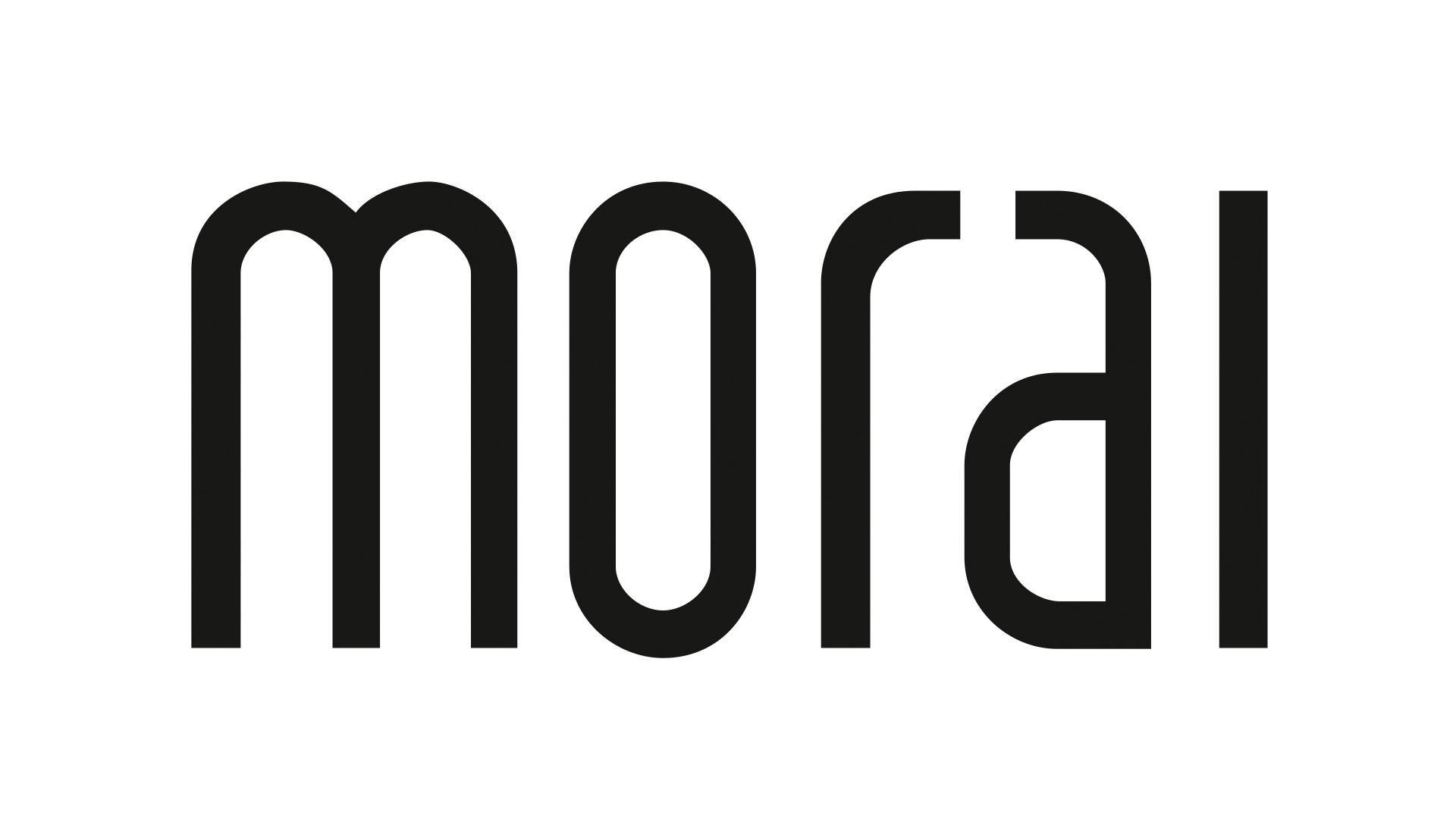In today’s data-driven world, businesses and organizations are constantly seeking ways to gain insights and make informed decisions. One powerful technique that plays a pivotal role in this endeavor is Time Series Forecasting. Whether you’re in finance, healthcare, retail, or any industry that relies on historical data, understanding time series forecasting is essential.
What Is Time Series Forecasting?
Time series forecasting is a specialized area of predictive analytics that deals with data points collected, recorded, or measured over time. These data points are typically ordered chronologically, making them ideal for analyzing trends, patterns, and making predictions about future values.
Key Characteristics of Time Series Data
Time series data possesses several key characteristics that set it apart from other types of data:
Temporal Order: Data points are collected at regular intervals or time steps, forming a sequence.
Seasonality: Many time series exhibit seasonality, where patterns repeat over specific time periods, such as daily, weekly, or annually.
Trend: Time series often exhibit a long-term trend, indicating overall growth or decline.
Noise: Random fluctuations or noise can obscure underlying patterns and make forecasting challenging.
Why Time Series Forecasting Matters
Time series forecasting is not just about making predictions; it’s about making informed decisions based on historical data. Here are some compelling reasons why time series forecasting matters:
Resource Allocation: Businesses use forecasts to allocate resources efficiently, whether it’s optimizing inventory, scheduling production, or managing workforce.
Financial Planning: Financial institutions rely on time series forecasting to predict market trends, stock prices, and economic indicators.
Demand Forecasting: Retailers use forecasting to predict consumer demand, reduce excess inventory, and improve supply chain management.
Healthcare: Hospitals and healthcare providers use forecasting to predict patient admissions, disease outbreaks, and resource allocation.
Energy Management: Utility companies use forecasting to predict energy demand, optimize distribution, and reduce costs.
Methods and Techniques in Time Series Forecasting
Time series forecasting employs various methods and techniques such as more traditional
ARIMA, Exponential Smoothing etc. However, modern Machine Learning Algorithms can yield much better results in many applications. Deep Learning algorithms achieve excellent scores on many public datasets setting State of the Art results.
Univariate Time-series Forecasting and Multivariate Time-series Forecasting
When it comes to time series forecasting, there are two most fundamental cases: univariate and multivariate time series forecasting.
Univariate Time-series Forecasting focuses on predicting the future values of a single variable based on its historical values. This approach is suitable when you want to forecast a single parameter data behavior over time, such as stock prices, temperature, or sales figures.
Multivariate Time-series Forecasting, on the other hand, extends the scope to predict the future values of multiple variables simultaneously. In this approach, you’re not only considering the historical values of the target variable but also incorporating information from other related variables that may influence the target. This is particularly valuable when forecasting complex systems where several factors interact with each other, such as in macroeconomic modeling, energy consumption prediction, or supply chain optimization.
Both univariate and multivariate time-series forecasting have their own merits and applications, and the choice between them depends on the specific problem you’re addressing. Univariate forecasting is simpler and often used for single-variable predictions, while multivariate forecasting is more powerful in capturing the interdependencies between multiple variables, providing a more holistic view of the system under analysis. In future blog posts, we’ll delve deeper into these approaches, exploring their techniques and real-world applications.
Getting Started with Time Series Forecasting
To get started with time series forecasting, you’ll need historical data, a solid understanding of the underlying patterns, and the right tools. Python, with libraries like Pandas, NumPy, and Statsmodels, is a popular choice for time series analysis and forecasting.
In upcoming blog posts, we’ll delve deeper into the methods, tools, and practical applications of time series forecasting. Whether you’re a data scientist, business analyst, or just curious about predicting the future with data, time series forecasting is a valuable skill that can help you unlock insights and make better decisions.
Stay tuned to explore this fascinating world of data-driven predictions!



